Preschool classrooms and parents use art supplies with their kids to make all sorts of fun creations. But a lot of what we call art isn’t art at all. These projects involve no creativity, imagination, or self-expression.
Many of the cute things our kids make are craft projects. But our kids do not exist to produce for us, and we’re depriving them of the opportunity to direct their learning and exploration. Instead, we want kids to have the chance to do creative art, and we’re here to explain why.
What are craft projects?
Craft projects are all of the cutesy things that you see on Pinterest. These projects require lots of prep work and are adult-directed because they’re supposed to look like something.
Often an adult sits with the child and can be heard saying, “Glue that here. Glue that here. Glue that here” as pieces are handed to the child one by one. Or there may be an adult-made sample that kids must follow. Kids are painting and gluing and coloring but only as much and where adults allow.
Kids aren’t free to create while doing craft projects. Instead, the focus is on the product, not on the process. We want craft projects to look a certain way, so we can’t let kids do whatever they want.
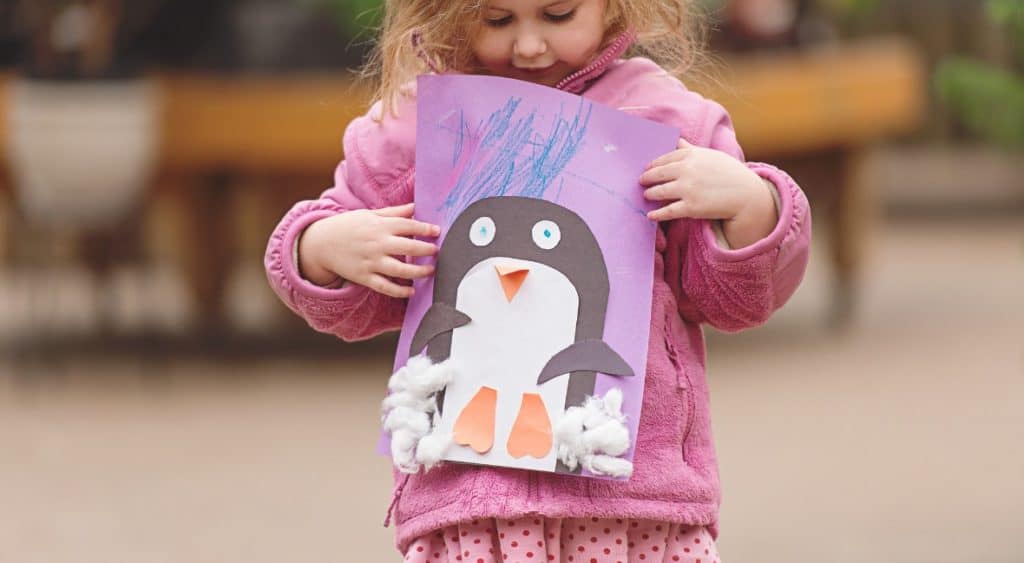
This need for control on the part of adults shuts down kids’ learning and engagement.
“But,” you might be thinking, “I use craft projects to teach my kids about things! We made a penguin for penguin week. It’s reinforcing their learning!” Well, these symbolic representations mean very little to kids.
Young children are not yet able to think abstractly… It is only after having years of interacting with the real that children can successfully make the leap to understanding the abstract…Gluing cotton balls on construction paper is not teaching children from Texas or Arizona about snow. Nor is it teaching any child anywhere about clouds. Coffee filters are not snowflakes. Brown paint is not mud. Fish and watermelons are not made out of paper plates. A brown paper bag, painted orange, stuffed with newspaper, isn’t a pumpkin.
Lisa Murphy MEd, Lisa Murphy on Being Child Centered
Maybe you’re looking to learn a few more appropriate ways to teach kids. Check out our list of books that every preschool teacher and educator should read.
What is process art?
On the other hand, creative art values the whole process and not just the product. It is sometimes called creative art. It is child-directed, meaning that kids can use the material in whatever way they would like. This process truly allows kids to be creative, explore, and express themselves. Adults no longer tell them what to make because adults trust that kids can think for themselves.
- Looking for some fun process art inspiration? Check out our favorite sticker art ideas!
Why is process art important?
No, the project your child makes won’t look like that cute penguin you saw on Pinterest, but why does that matter? (If they are interested in learning about penguins, there are more developmentally appropriate ways to do so.)
When doing process art, kids develop across each of the 4 developmental domains. For example:
- Cognitive development: Kids learn the names of shapes and colors, what happens when they squeeze the glue bottle really hard, mix the red and blue paint, or rip the paper (cause and effect), and how to get that one square of paper to stick where they want it (problem-solving).
Did you know that creativity is part of cognitive development? Problem-solving, trial and error, and critical thinking lead to creative outcomes. Giving kids time to explore with art materials develops all of these skills! - Social-emotional development: Kids learn to share and manage social interactions when they create art with others. Kids practice impulse control as they learn to follow the limits of using the art supplies such as not painting on the floor or the walls. These are the skills that allow them to form relationships, manage themselves and their needs, and function well in the classroom and society.
- Language and literacy development: Kids learn words related to their art projects like long, short, straight, squiggly, blend, bumpy, rough, soft, splatter, top, bottom, middle, etc. They understand that text has meaning and begin doing their own mark making or “writing.”
- Physical development: Kid developed their muscles and fine motor control as they manipulate crayons, paintbrushes, clay, glue bottles, etc. This control is needed for dressing, eating, toileting, and writing.
Now let’s revisit the picture of the penguin craft project above. Look at all the excellent skills kids miss out on when adults direct their art.
What if, instead, purple, black, orange, and white paper had been left out on the table with crayons, scissors, glue, and cotton balls? Imagine the varied projects that 10 kids might create and the conversations that might occur between kids if adults stepped back and no longer interrupted. Kids could color, cut, glue, rip, fold to their hearts’ content!
Time spent in this way allows kids to discover their interests and learn what brings them joy. Their exploration is driven by curiosity, and the absence of adult interruption will enable them to focus. They’re learning all while having fun and all without needing adults to micromanage them.
How to Encourage Process Art
1. Create a designated art area.
You will want to set up an art area that your kids always have access to. They can head to this area and do some creating whenever they feel the desire and won’t have to ask you to come and get out the art supplies. This area will allow art to become part of their daily life.
Arrange the supplies so that they’re low enough for kids to take out and put away on their own. Consider placing supplies on shelves next to a child-size table.
2. Have a variety of supplies available for kids.
Variety in supplies creates endless possibilities and keeps the art area fresh.
Here are some basic art supplies to always have available:
- crayons
- markers
- colored pencils
- paper
- stickers (we love dot labels)
- scissors
- glue bottles
- watercolor paints
- easel
- chalk and chalkboard
- clay or playdough
3. Rotate the art supplies that are available to kids.
By rotating the supplies, the art area can always feel new and fresh, AND you will be able to limit the number of supplies that are out at one time. Limiting supplies can be essential when it comes to giving over control of the art area to kids.
When you have hundreds of crayons, markers, pieces of paper, and stickers, it can quickly become a HUGE mess. Don’t use your child’s art area as a space to store all of the supplies you own. Instead, have out a manageable number of pieces of paper, crayons, etc. This will be determined by the number of supplies that your child can put away when they are done. In this way, we can help our kids to be successful at keeping the area usable.
You can change the types of paper, pens, crayons, paints, tapes, glues, etc. This brings variety to the area. You can store all of the extra supplies you have in a bin that is out of reach.
4. Give kids lots of free time.
Time is a critical element in allowing kids to create. Make sure that your kids are given a chunk of unstructured free time every day to play however they would like. Try to limit interruptions as this breaks up the time by interrupting kids’ focus. Before you say something, think, “Do I NEED to say this now?” Chances are it can wait and that your kids are going to be just fine without your feedback, directions, or well-intentioned suggestions. Give up the need to be in control.
5. Let kids create however they would like.
The legendary educator Bev Bos said it best in her book Don’t Move the Muffin Tins: a Hands-Off Guide to Art for the Young Child:
“Children need only to please themselves. Does this mean that the child can throw the paint? Spill the glue? Of course not. I’m referring to basic use of art materials. Once you’ve presented the materials, forget how you intended them to be used. Sometimes it’s difficult. You may have one end product in mind, but the child may have another idea. In that case, hands off! It’s easier to observe this principle in art activities than in crafts because there is no right or wrong in art, of course, just creating.”
Bev Bos, Don’t Move the Muffin Tins: a Hands-Off Guide to Art for the Young Child
Remember that no child should ever be forced to come and do an art project at school or home. Trust that kids are learning by engaging in the activities they find most interesting, and remember that lots of play involves creativity, not just the art table.
Also, there may be kids who spend their whole time at the art table mixing up new colors in the paint pot, sharpening the pencils, or sorting the crayons. They never make anything at all. All this is just fine too. I bet you could link each of these activities to at least one of the 4 developmental domains to prove to yourself that, yes, learning is happening!
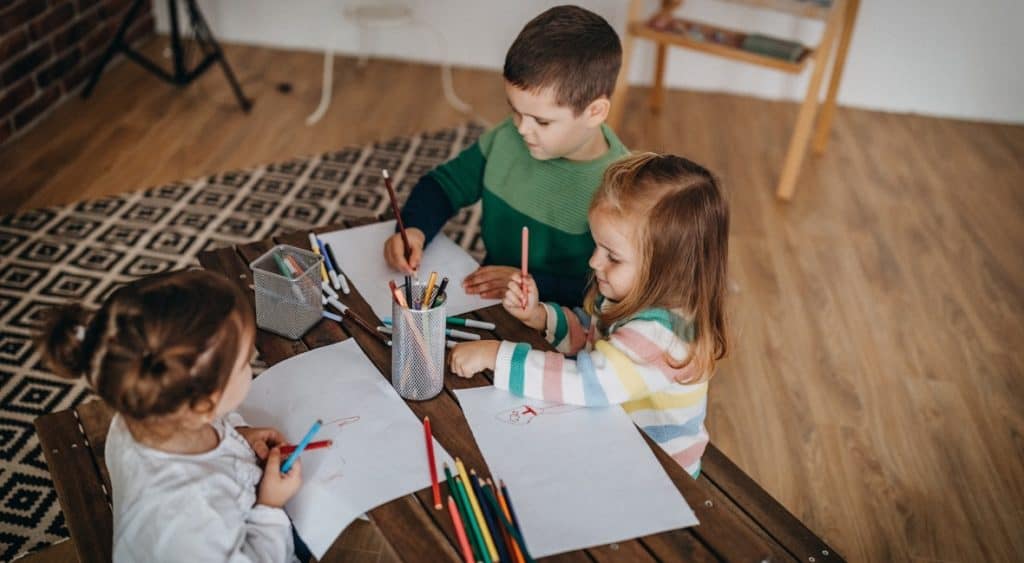
How to Come Up With Process Art Ideas
There are endless art experiences that kids can have once you let go of the idea of craft projects. Essentially, kids need something to art ON (paper, cardboard, foil, box) and something to art WITH (crayons, markers, watercolors). Changing these two variables is how we create varied art experiences.
For example, kids can use markers on construction paper, newsprint, or cardboard. They can paint using fingers, brushes, Q-tips, or kitchen utensils, and you can vary the type and size of the paper and the color and type of the paint. See how easy it is? No more spending hours pinning and prepping!
The variations you can provide to basic coloring are endless. Provide a variety of papers. Suggest different places and positions for color activity: on the floor, lying down, standing up.
Bev Bos, Don’t Move the Muffin Tins: a Hands-Off Guide to Art for the Young Child
- Need help coming up with varied materials to present to kids? Read: Painting Ideas for Kids: 5 Steps for Generating ENDLESS Ideas
Place out the materials and allow kids to do some creative art! You might be surprised by their level of focus and the things that they make.


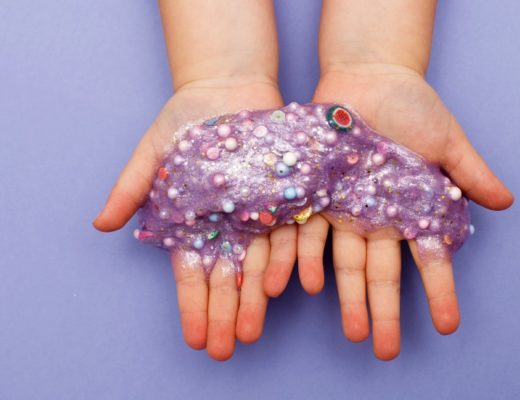
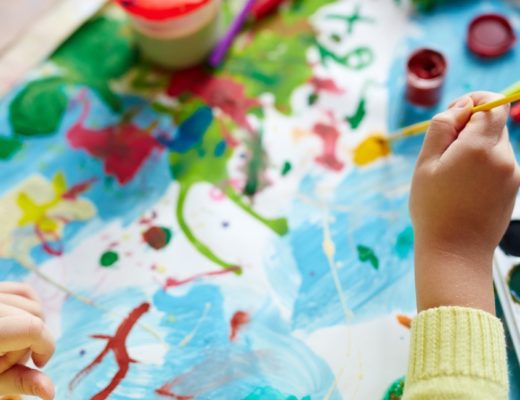
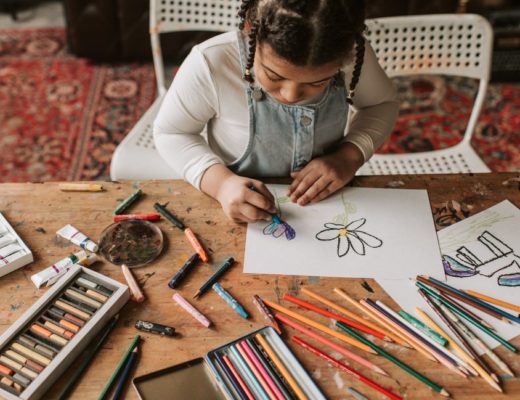
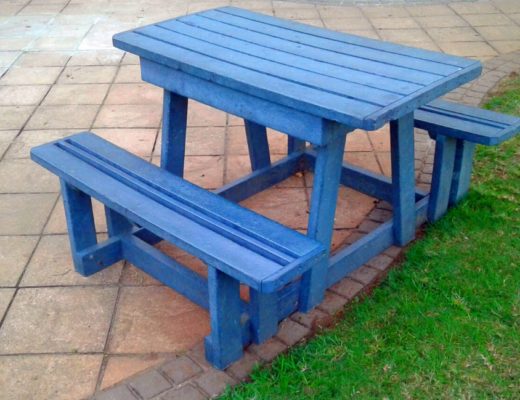
No Comments